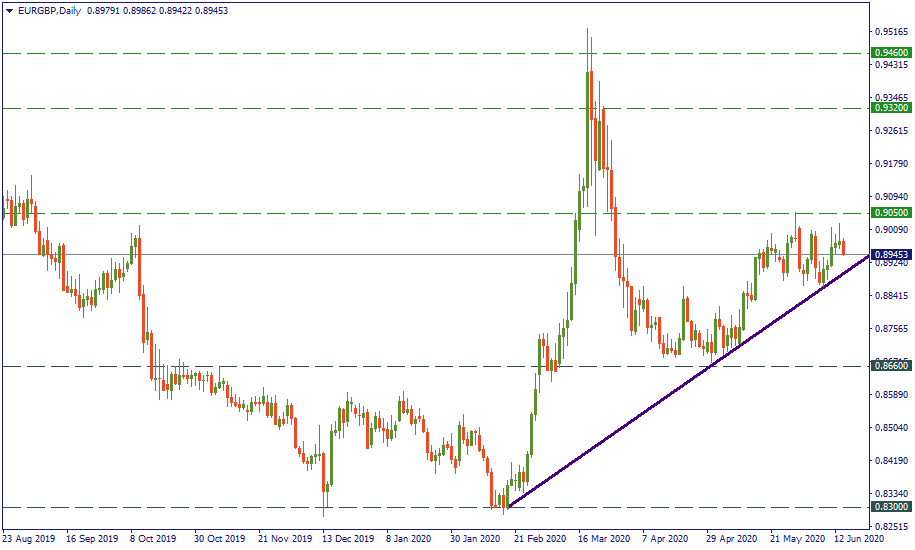
The G20 summit took place in Bali, Indonesia, on November 2022…

Don’t waste your time – keep track of how NFP affects the US dollar!
Data Collection Notice
We maintain a record of your data to run this website. By clicking the button, you agree to our Privacy Policy.

Beginner Forex Book
Your ultimate guide through the world of trading.
Check Your Inbox!
In our email, you will find the Forex 101 book. Just tap the button to get it!
Risk warning: ᏟᖴᎠs are complex instruments and come with a high risk of losing money rapidly due to leverage.
71.43% of retail investor accounts lose money when trading ᏟᖴᎠs with this provider.
You should consider whether you understand how ᏟᖴᎠs work and whether you can afford to take the high risk of losing your money.
Information is not investment advice
The British authorities confirmed that December 2020 is the final deadline and cannot be extended.
The UK PM spoke with the EU Commission President to mark the next steps of negotiations.
The EU and the UK chief Brexit negotiators meet in Brussels to (hopefully) agree on main lines including fisheries and level playing field.
Several rounds of discussions
The last round of talks in Brussels.
Individual EU member states are ratifying the agreement (which by now is supposedly finished).
End of the transition period.
Until recently, the talks were pretty much in a stalemate. There was virtually no progress, and both the UK and the EU had openly admitted that. Yesterday, however, Boris Johnson had a call with Ursula von der Leyen which is reported to give a fresh push to negotiation. No concrete points were achieved, though, so this call may be perceived as a “call of intention”.
The British PM Boris Johnson:
“I don’t think we are actually that far apart… we see no reason why you shouldn’t get that done in July”.
Spokesman of Michel Barnier, Chief EU negotiator:
“We won’t just speed up. We have to remain focused on content and consequences”.
Both sides are quite adamant they don’t want to give in inch in crucial sectors such as fisheries, the jurisdiction of the European Court of Justice, and the level playing field. That’s why, fundamentally, there is a stalemate. However, Boris Johnson’s camp is pressed by the deadlines to complete what was promised to his voters, while the EU doesn’t really care about time as it openly admits. Therefore, internal social and political pressure is harder on the British side that it is on the European. That’s why, while both parties have an equal commitment to observer their respective interests, the UK is in a weaker negotiation position.
Until Brexit is done, it will stay a “subversive” element in the GBP’s value against the EUR. Even if we remove the virus surge in March, the larger trend looks upwards since January 2020. It will likely stay so during the year while there no indication that both sides have come to a true agreement on their central demands. It is safe to expect EUR/GBP trade along and above the current resistance of 0.9050 until there is light in the tunnel for Brexit negotiations. As a thumb rule, whatever happens, including if nothing happens, the GBP will suffer more from an unsuccessful Brexit that the EUR.


The G20 summit took place in Bali, Indonesia, on November 2022…

The deafening news shocked the whole world yesterday: the British Queen Elizabeth II died peacefully at the age of 96…

After months of pressure from the White House, Saudi Arabia relented and agreed with other OPEC+ members to increase production.

eurusd-is-falling-what-to-expect-from-the-future-price-movement

Greetings, fellow forex traders! Exciting news for those with an eye on the Australian market - the upcoming interest rate decision could be good news for Aussies looking to refinance or take out new loans. The Mortgage and Finance Association Australia CEO, Anja Pannek, has...

Hold onto your hats, folks! The Japanese yen took a nosedive after the Bank of Japan (BOJ) left its ultra-loose policy settings unchanged, including its closely watched yield curve control (YCC) policy. But wait, there's more! The BOJ also removed its forward guidance, which had previously pledged to keep interest rates at current or lower levels. So, what's the scoop? Market expectations had been subdued going into the meeting, but some were still hoping for tweaks to the forward guidance to prepare for an eventual exit from the bank's massive stimulus
Your request is accepted.
We will call you at the time interval that you chose
Next callback request for this phone number will be available in 00:30:00
If you have an urgent issue please contact us via
Live chat
Internal error. Please try again later